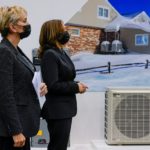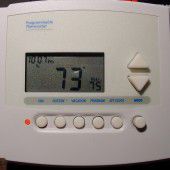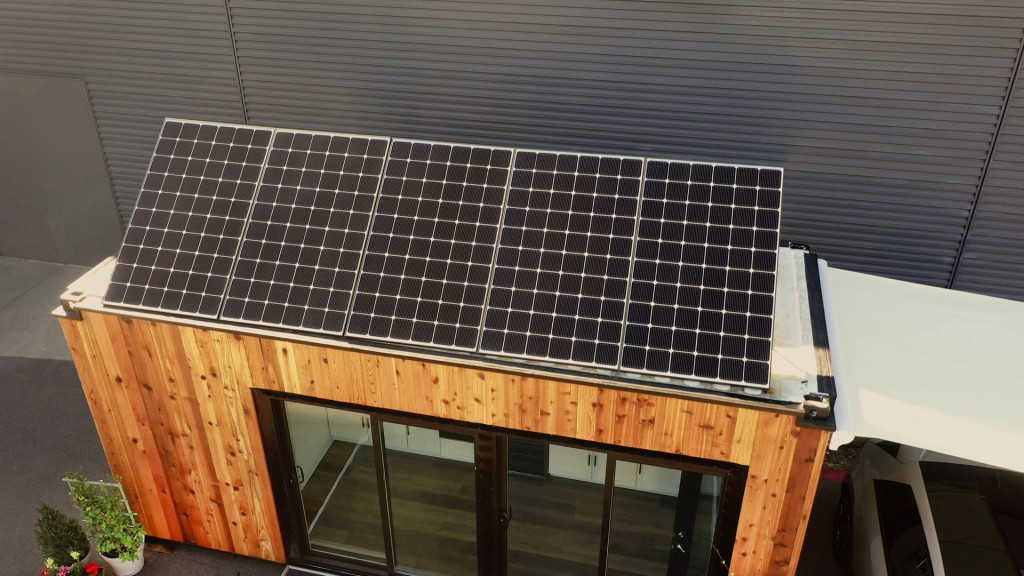Perspective | Need a new furnace? Here are some tips to getting the best deal. – The Washington Post
Energy Disrupter

Start by identifying four or five reputable HVAC companies and invite them to your home to offer written cost proposals. (Washington Post readers can access nonprofit Consumers’ Checkbook’s ratings of area HVAC companies, based on surveys of consumers and undercover price shopping, free until March 31 via Checkbook.org/WashingtonPost/HVAC).
While it may be a pain to arrange these consultations, it’s time well spent. By collecting proposals and prices from several companies you’ll ensure that you don’t overpay. You are likely to find large company-to-company price differences — often $1,500 or more — for the exact same equipment and installation work among equally qualified services; shopping around is the only way to identify businesses that charge reasonable rates. And by speaking to several services, you’ll also learn more so you can make informed choices about equipment options.
Normally, homeowners have several choices of equipment brands. But these days, due to shortages and shipping delays, if you need a new unit right away, availability will drive your decision. The good news is that there aren’t big dependability differences among the major HVAC equipment brands, and it’s widely agreed in the industry that the quality of equipment is much less important than the quality of its installation. As one contractor once told me: “If I take the time to install the equipment properly, I can put in the biggest piece of junk furnace and make it hum for 20 years.”
Ask for prices for units with different energy-efficiency ratings. More efficient equipment usually costs more than basic units. But for gas furnaces, over time the savings from lower utility bills usually recoups those extra dollars. For example, a 90 AFUE (annual fuel utilization efficiency) furnace usually costs about $300 more than a minimally efficient 80 AFUE model. But that extra cost would get paid from lower gas bills in just a few years. Even the extra $1,500 expense from installing a highly efficient 98 AFUE gas furnace in most homes would get erased in six or seven years.
But in the Washington area it usually doesn’t make financial sense to pay more for an ultraefficient heat pump (or air conditioner) compared to buying a basic unit — the utility savings you’d get from the most efficient units won’t add up to pay for their extra costs. If you want to minimize your energy usage, an ultraefficient heat pump is usually the easiest way to do that in most area homes.
Contractors can estimate what percent off utility bills you’ll save with various types and models of equipment and roughly calculate any payback periods.
If you want precise estimates to know exactly how much you’d save with a more efficient unit, Home Energy Saver, offered by the Lawrence Berkeley National Laboratory, is a user-friendly tool.
When comparing equipment, it’s important to understand that features such as variable-speed blowers and two-stage burners that reduce energy usage won’t be reflected on their models’ efficiency ratings. That’s because ratings are determined while equipment operates at full capacity.
A variable-speed blower, for example, usually runs at a constant low speed to maintain the correct temperature, increasing speed and energy use only as needed. If you are comparing the energy efficiency of two different units with similar energy-efficiency ratings — one with variable-speed capability and the other without — the one that can run at variable speeds will use less energy.
The same is true when comparing furnaces that have one- or multiple-stage burners. It’s difficult to assess exactly how much energy these features save, but a reasonable rule of thumb is to assume that two-stage burners and variable-speed blowers and heat pumps each decrease energy waste by about 10 percent.
We’ve focused here on gas furnaces and air-source heat pumps, which are by far the most common types of residential heating in the Washington area. There are several other options — active solar energy systems, ground-source heat pumps, ductless units, wood-pellet stoves and others — that provide energy-thrifty heat that are worth exploring, especially if you’re willing to take on a larger project than swapping out old stuff for new.
For example, if you’re planning an addition or seeking to improve heating or cooling conditions for one room or an upper floor, consider ductless systems. These units, common in Europe and in hotel rooms, allow you to control temperatures in just one space and use very little electricity. At Checkbook.org, we discuss other HVAC options and discuss other ways to save energy at home.
Once you’ve decided on equipment and an installer, get a contract that states a fixed price to do all the work, plus other important details:
⋅ Ask for a performance guarantee. The contract might say: “When the outside temperature is 10 degrees Fahrenheit the inside temperature can be maintained at 70 degrees or higher.”
⋅ Also ask for a guarantee covering uniformity of temperature. On a cold day you don’t want to increase the temperature so that some rooms will reach 65 degrees Fahrenheit while others are 80 degrees. If you are having ductwork installed, companies should be willing to guarantee that “all rooms on the same floor can be maintained within a range of 5 degrees Fahrenheit.” It’s more difficult to make promises on floor-to-floor temperature variation, unless you’re installing a separate system for each floor.
⋅ The installer should offer a warranty that covers free repairs due to any defects in equipment or workmanship for at least one year.
⋅ The contractor should be responsible for securing any permits or inspections. And check that it is licensed and carries liability and workers’ compensation insurance.
⋅ Finally, the contract should state that you’ll pay only when work is complete; that way, you get to say when the job is done.
Kevin Brasler is executive editor of Washington Consumers’ Checkbook magazine and Checkbook.org, a nonprofit with a mission to help consumers get the best service and lowest prices. It is supported by consumers and takes no money from the service providers it evaluates. You can access Checkbook’s ratings of HVAC companies free of charge until March 31 at Checkbook.org/WashingtonPost/HVAC.
Original Source: https://www.washingtonpost.com/business/2022/02/14/need-new-furnace-here-are-some-tips-getting-best-deal/















